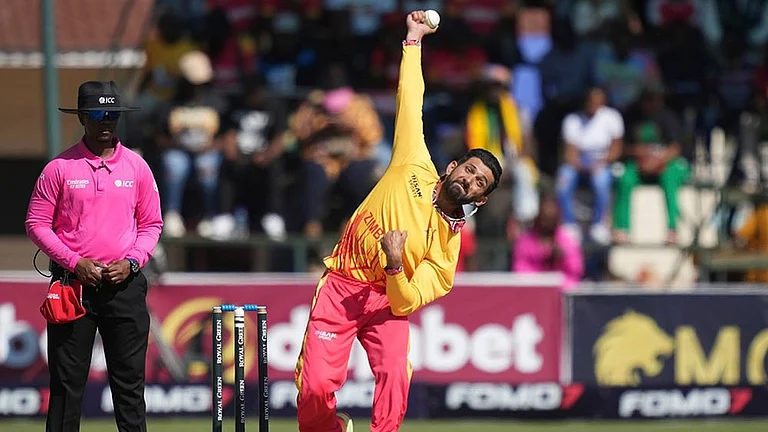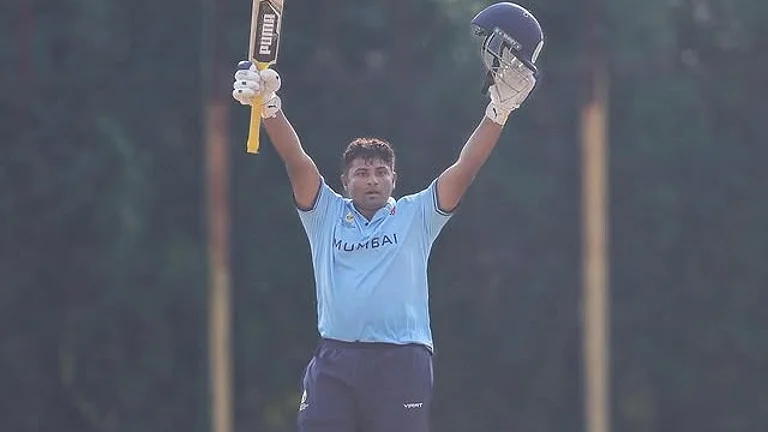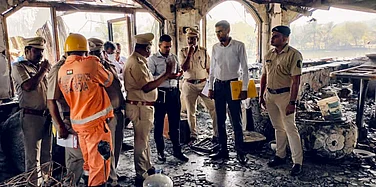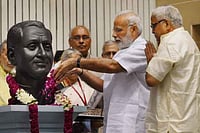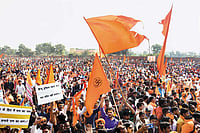In terms of spontaneous popular response, political impact and social consequences, Kerala has in recent memory not witnessed anything as significant as the Sabarimala protest. In its political dimension, it can only be compared to the Ayodhya movement in the north in the 1990s. But unlike the Mandir agitation, this one is led more by women and social organisations like the Nair Service society (NSS) than by a political party. Sabarimala has united Hindus as never before, isolated the ruling CPI(M), made chief minister Pinarayi Vijayan vulnerable and political parties irrelevant. Some of them, like the BJP and the Congress, might try to cash in on it, but the agitation as such is on autopilot.
This, in fact, owes to the mystique of the Ayyappa cult, which is conspicuously unique in India. The striking fact is that the women who are not allowed to visit the temple are Ayyappa’s biggest devotees—and they are the ones who took the lead, most vocally, to protest the Supreme Court verdict. Social outfits like the NSS and Sree Narayana Dharma Paripalana Sangham (SNDP) of the more numerous Ezhava community stood in support—political parties were made to either look on and get lost, or join the bandwagon.
The NSS was so far seen as apolitical and equidistant to both big political formations, the Left Democratic Front (LDF) and the United Democratic Front (UDF). Its leader, G. Sukumaran Nair, was politically the most non-controversial. His clean image and no-nonsense approach—and the NSS’s standing as a social institution—made it possible for him to take a tough stand on the side of the devotees. He has emerged as the most articulate and respected face of the Save Sabarimala movement.
Pinarayi tried to cajole the NSS and browbeat the SNDP. The SNDP, historically leaning to the CPI(M), has also joined the agitation in a big way after a bit of wavering—partly because the community constitutes the biggest segment of Ayyappa devotees in the state. The Nairs and Ezhavas together constitute 96 per cent of Kerala’s Hindus. The rest—Brahmins, Vishwakarmas, Adivasis and Dalits—are anyway big Ayyappa devotees. Besides the universal appeal of Ayyappa, the perception that the CPI(M) was on a warpath against religious faith itself has brought believing Christians and Muslims also closer to the Save Sabarimala movement.
I come from Chengannur, the base camp of Sabarimala, where devotees from across south India—and now, even beyond—congregate to go to the hill shrine. My exposure to the Ayyappa cult since childhood convinces me of the impossibility of implementing the court order; the court and some parties seem to have not appreciated some basic elements. The lure of the Ayyappa phenomenon has an intricate, socially dynamic trajectory. In all its external expression, it’s a highly motivating, masculine and fantastically devotional, in some ways pagan (tribal), cult. It offers a heady mix of religiosity, custom, militancy and bhakti, with peculiarly pan-south Indian moorings. It’s difficult for the people of the north to understand. And at its core are celibacy and rituals of rigorous penance.
At the same time, remarkably, this boisterous carnival of bhakti has all the sophistication of modern values. Besides the exuberant display of energy and devotion, pilgrims go in large numbers with a sense of unity and purpose. One refers to modern values because Sabarimala is the most progressive temple in India. Tradition itself dictates that. Here, the devotee has only one identity and that is Ayyappa. The caste, religion or status of a devotee is not considered. Once the vow to go to the temple is taken, a devotee is known and addressed as Ayyappa—like the god himself. In front of the sannidhanam (sanctum sanctorum), everybody is equal. That is why noted singer Yesudas goes to this temple every year though, as a Christian, he cannot enter many other temples in south India.
In the name of the Supreme Court order, however, the CPI(M)-led government has imposed unreasonable, intrusive restrictions on pilgrims, while totally failing to arrange basic amenities and cleanliness, though the temple is the biggest revenue-earner in the state. There was no need for it to have stoked the cauldron thus. The court order only adjudicated on the basic question of entry of women between the age of 10 and 50; it did not lay down a time-frame to enforce the order. It did not mean to unleash a competition between those who believed in tradition and those who wanted changes. The CPI(M)-led government, however, saw the court order as a chance to turn the temple into a test case for its ideological aggression.
On the first day itself, Pinarayi declared he would use all the might at his command to enforce the order. He declared Section 144 in the temple districts, deployed heavy police force and branded the traditionalists as casteists and pagan faith maniacs, while fashioning himself as the modern social reformer. This provoked the devotees no end; massive protests ensued. So far, since the court order, not a single woman devotee has tried to violate the tradition. A dozen activist ladies who tried to enter the temple with heavy police escort were resisted by devotees, including women. With each failure, the CM got more adamant and more draconian restrictions followed—many of them, repeatedly challenged in the high court, earned judicial admonitions. The police have put thousands behind bars; brute force was used against devotees, charging them as BJP supporters. The temple town has been turned into a war zone. Whatever little facility was there is now being used by policemen.
The magnitude of the mass resistance meant it was a moment to reconsider even for the BJP and the RSS, both were initially supportive of the court order. Popular sentiments forced them to rethink and take a lead in the protest. The UDF too is in the forefront now, though Rahul Gandhi had initially welcomed the court order. The arbitrary and cruel intimidation of pilgrims may, in fact, shake the very basis of the CPI(M) support base, with Pinarayi’s obstinacy creating a highly polarised, charged atmosphere. Every party misjudged the situation. This is neither an issue of gender equality or right of women to worship. Here is a case of clear judicial oversight and excessive disregard for a tradition followed by generations of Hindu devotees.
(The writer is a political analyst and member, BJP Committees on Training and Publications.)









